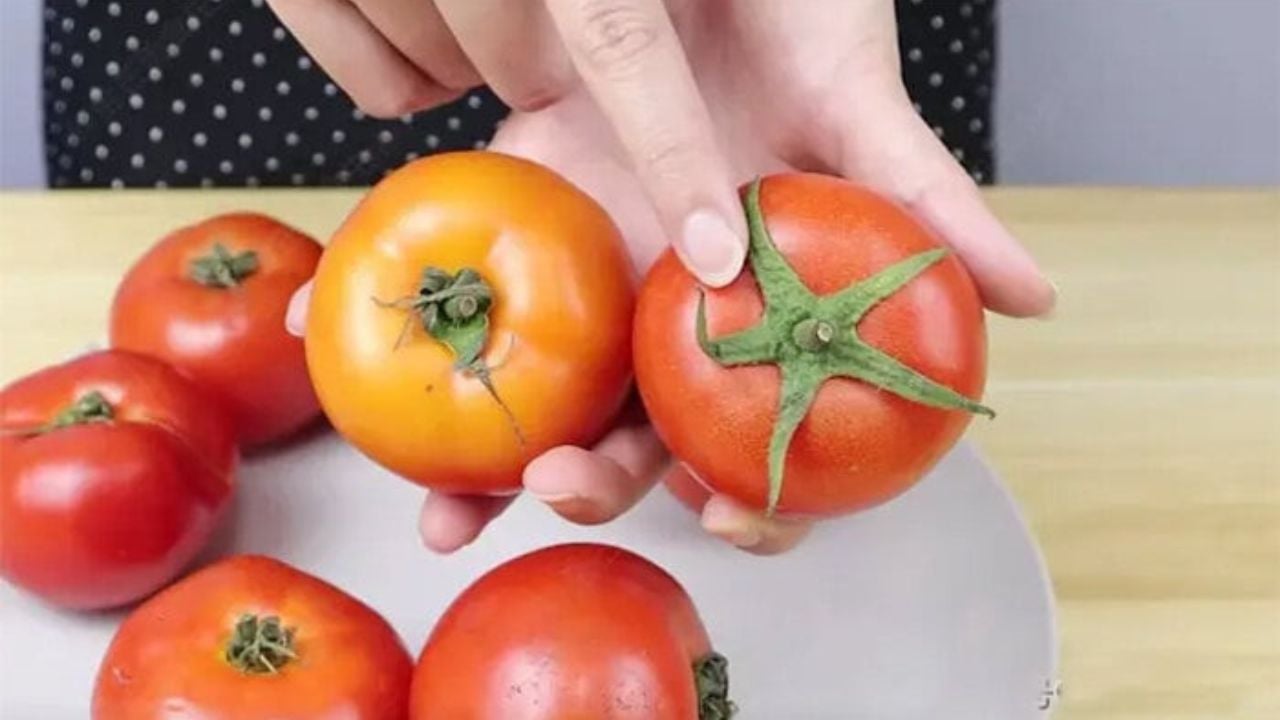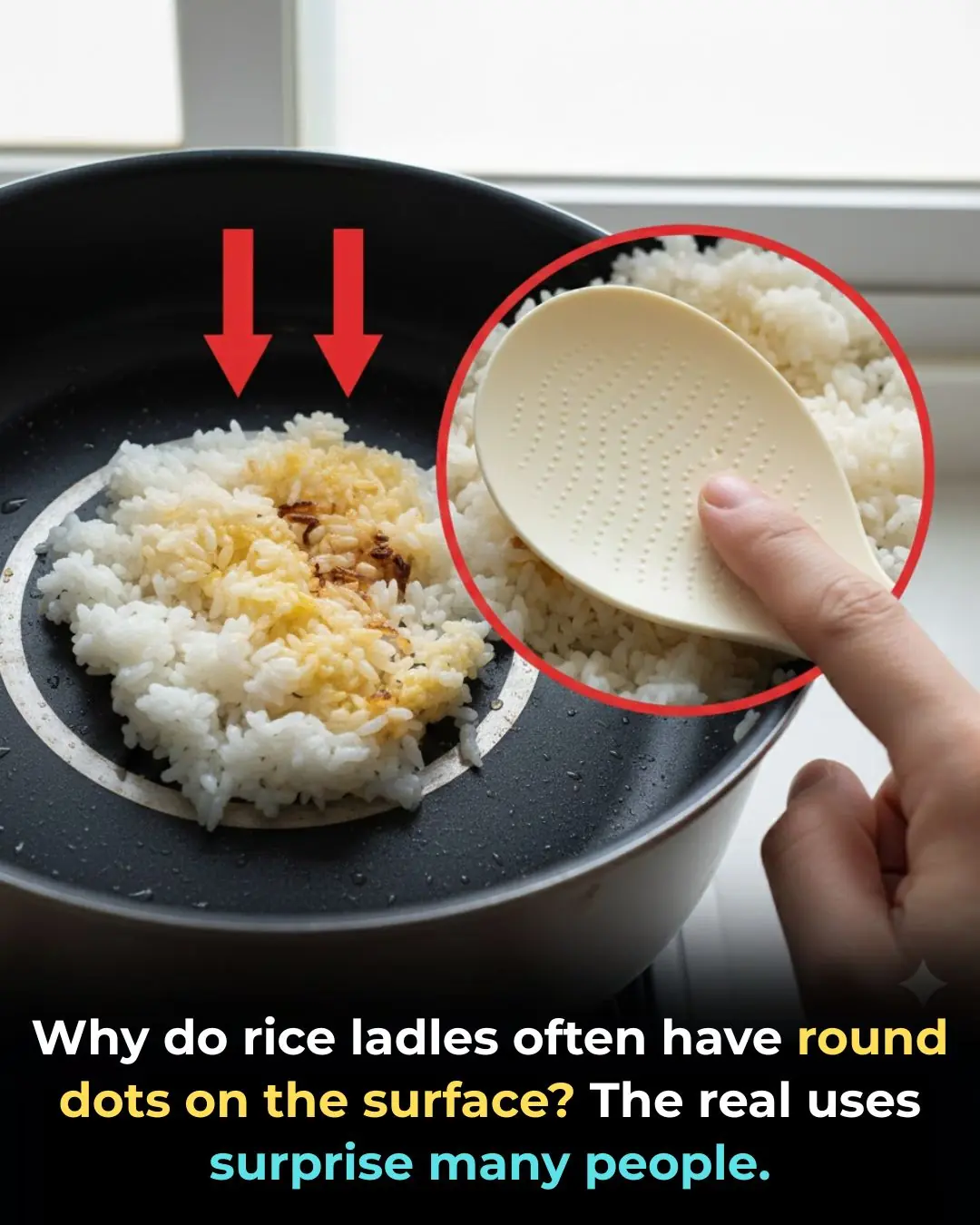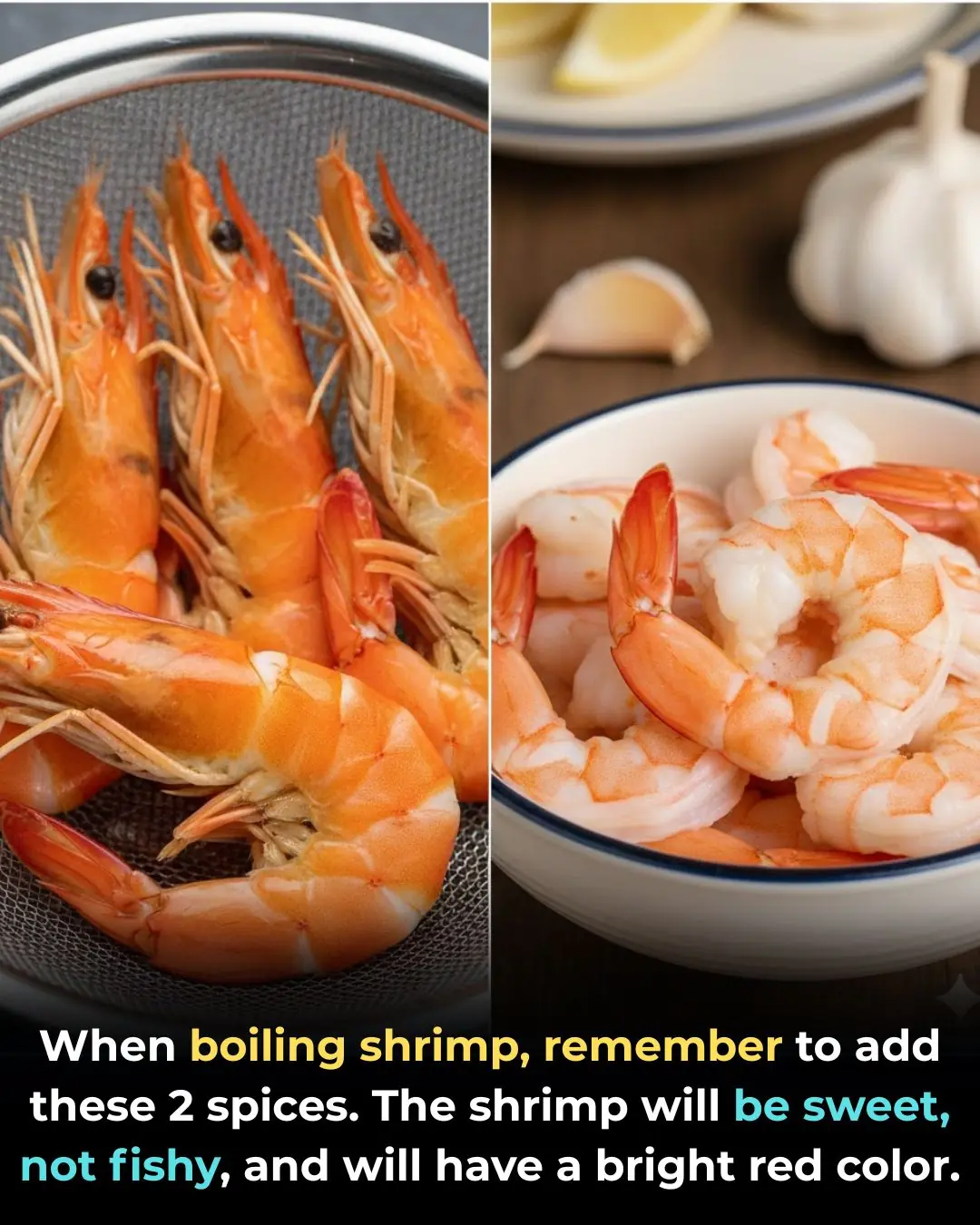
How to Distinguish Naturally Ripened Tomatoes from Chemically Ripened Ones: A Simple Tip

Tomatoes are a common staple in many households, appearing in nearly every meal. However, not all tomatoes are created equal. To make tomatoes look ripe and uniform, some farmers or sellers may use chemical ripening agents. While this makes the tomatoes visually appealing, consuming chemically treated tomatoes can pose significant health risks. Therefore, it is important to know how to identify naturally ripened tomatoes to protect your family’s health.
How to Identify Naturally Ripened Tomatoes
Chemically ripened tomatoes often appear uniformly red, even in areas that receive little sunlight, such as near the stem. Natural ripening, on the other hand, progresses gradually and unevenly depending on sunlight exposure and the growth of the fruit. Here are several key factors to observe:
1. Observe the Color
-
Naturally ripened tomatoes usually show gradual color changes, with some parts near the stem remaining slightly green while the base becomes red.
-
Chemically ripened tomatoes tend to be uniformly red across the entire fruit, including areas that normally would ripen slower.
2. Check the Bottom of the Tomato
-
A naturally ripened tomato often has a round shape, slightly firm texture, and a small indentation at the blossom end. This indicates proper growth and natural ripening.
-
Tomatoes with unusual shapes, irregular indentations, or abnormal bumps may have been chemically treated or grown under poor conditions.
3. Examine the Stem
-
Tomatoes that are naturally ripened usually have dark green stems, fresh and firm branches, and the stem end may slightly indent downward.
-
If the stem appears yellow or brown, it may indicate that the tomato is old, has been stored for a long time, or has been chemically treated to appear ripe.
4. Feel the Firmness
-
Gently squeeze the tomato. Naturally ripened tomatoes are firm yet slightly soft, indicating juiciness inside.
-
Chemically ripened tomatoes often feel hard and rigid. When cut in half, natural tomatoes contain many seeds that are fully developed and slightly yellowish, whereas chemically treated tomatoes often have fewer, smaller, or greenish seeds.
How to Properly Store Tomatoes
Even after purchasing naturally ripened tomatoes, proper storage is important to maintain freshness:
-
Room Temperature Storage: Keep tomatoes outside the refrigerator at around 25°C (77°F). This preserves their flavor and allows them to ripen naturally. Use within one week.
-
Refrigeration for Fully Ripe Tomatoes: If tomatoes are already fully red or the weather is too hot, store them in the fridge to slow down spoilage. Remove them from the fridge a little before eating to regain some natural flavor and aroma.
Key Takeaways
-
Observe the color gradient from stem to bottom. Natural ripening is gradual, chemical ripening is uniform.
-
Check the bottom and shape of the tomato. Natural tomatoes have slight indentations and a round, regular form.
-
Inspect the stem and branches. Fresh green stems indicate natural ripening.
-
Feel the texture and firmness. Naturally ripened tomatoes are firm but soft enough to be juicy inside.
-
Store properly at room temperature or in the fridge if needed to maintain freshness.
By paying attention to these simple cues, you can choose healthier tomatoes and avoid potential chemical residues, ensuring both flavor and safety for your family.
News in the same category


Why You Should Pour Boiling Water into the Hotel Toilet When Checking In

3 Types of Coffee That Can Boost Longevity and Protect Your Heart

Boiling Peanuts: Don’t Just Add Water – Add These 2 Ingredients for Soft, Delicious, and Long-Lasting Peanuts

Mixing Toothpaste with Menthol Balm: A Surprisingly Useful Household Hack

Something Everyone Throws Away but Is Surprisingly Useful — You’ll Regret Discarding It Once You Know Its Benefits

Never Store These 5 Foods in the Refrigerator Door — They Spoil Quickly and Can Increase the Risk of Food Poisoning

Why Do Rice Scoops Have Tiny Raised Dots on the Surface? The Real Purpose May Surprise You

Secret Tip: How to Clean Tile Floors and Make Them Shine, Without Spending a Dime

Tips to clean shiny enamel at home without spending a penny

How to help you travel thousands of miles without getting motion sickness

Making pickled garlic requires one more step

When boiling shrimp, remember to add these 2 spices. The shrimp will be sweet, not fishy, and will have a bright red color.

The rats will disappear after just 1 month with only 3 potatoes, so easy and very effective

Why are cucumbers bitter? Is it okay to eat bitter cucumbers?

How to make sesame and peanut sauce with just the right taste, keep it for a long time without getting too oily, eat it with cold rice is also delicious

Every family needs essential oil mixed with white vinegar. Everyone likes it because it is both safe and saves money.

How to grill soft and delicious skewers that are not dry, delicious but not boring, from a good mother

Cook braised meat without adding water: Add this to make the meat soft and flavorful without drying out.
News Post

Teen Inventor Creates Affordable Dialysis Machine, Revolutionizing Global Healthcare

PepsiCo Removes Petroleum-Based Dyes from Doritos, Paving the Way for Healthier Snacking

From Tragedy to Hope: How Compassion Saved a Life in Rural China

Meghan Trainor details health scare that inspired her weight loss journey, Mounjaro use

Why Tanker Trucks Have a Hanging Chain: Safety Function Explained

The Easiest Way to Clean a Glass Stove Top

Bill Belichick’s daughter-in-law exploded on Jordon Hudson in unhinged 40-minute postgame rant

🌿 The Quiet Power of Nature: Herbs That Support Balance, Energy, and Well-Being

8 Things Your Eyes Are Trying To Tell You About Your Health

A Toy Traffic Cone Found in a Man’s Lung After 40 Years: The Astonishing Medical Case That Was Mistaken for Lung Cancer

Jean Slater revealed as Zoe’s stalker… but fans aren’t buying it

Unlocking the secrets of clove water: a nighttime health elixir

Liquid NanoClay: The Norwegian Innovation Turning Deserts Into Fertile Farmland

Celia’s empire starts to crumble in Emmerdale as police raid Depot and Laurel grows suspicious

“Mind the Gap”: How a 20-Year-Old Medical Student Transformed Global Healthcare

I’m A Celebrity star Tom Read Wilson slammed by viewers over ‘annoying’ behaviour in camp

A look around Angry Ginge's former home shows I'm A Celeb star's 'true colours'

ITV Emmerdale's Lewis Barton 'set for new romance' as fans point out huge hint

Josie Gibson stuns as she shows off 5st weight loss in daring dress on cruise
